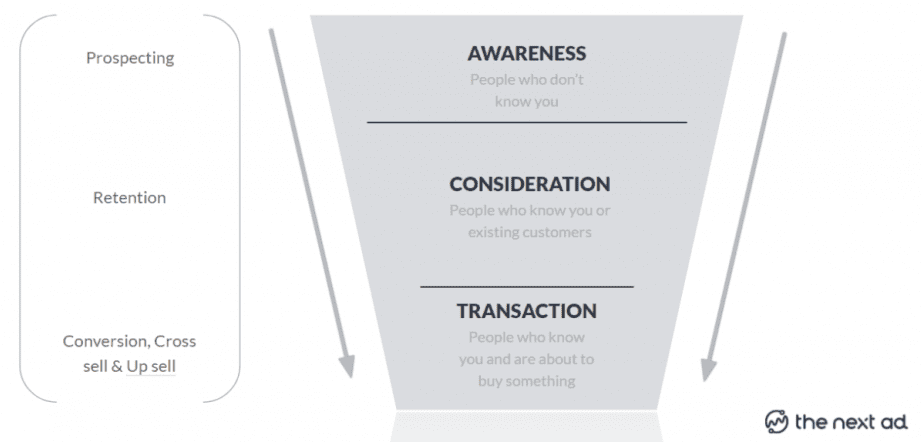Informative
Informative
Creating Purchase Intent Amongst Customers
Sep 20, 2018
Informative
Sep 20, 2018
With the holiday season fast approaching and sales expected to soar, as they typically do during this crucial period of the year, advertisers will set their marks on attracting as many customers as possible to invest in their products or services. The question is, however, whether customers are aware of what exactly they want to spend their money on. Former Apple CEO Steve Jobs once famously said, “It’s not the consumer’s job to know what they want”. So we’re revisiting this question again: Are customers really aware of what they’re looking for?
Businesses used to design marketing campaigns with the hope of attracting customers who are actively searching for their products, or products similar to the ones that they are offering. They demand, you provide. If somebody bought a pair of running shoes, the logic would be that it was probably because they were actively looking through the market for exactly that product. However, this is no longer always the case. The key to success and a solid strategy that can win in the market sounds fairly simple: it’s knowing your audience.
Any successful company will tell you that the days of sitting back and waiting for customers to turn up and show interest in your product or service are a thing of the past. Nowadays, the tables have been turned and more often than not, the products are the ones searching for and finding the right people rather than the other way around.
That’s because customers aren’t always completely aware of what they want, need or desire. That’s where the importance of creating awareness comes into place. How can customers show interest in something they don’t know they’re missing, or even exists? Some customers may be needing something in their life, but they just aren’t aware of it. That’s why it is often down to a business to turn up and tell customers that they might be missing out on something which could benefit them. This may very well trigger a sudden realisation followed by an action for customers who have now become aware of the absence of a certain product or service in their life.
Once this realisation has taken place, the customer will consider the pro’s and con’s of doing business with you, before eventually taking action and converting. This step-by-step process can be perfectly visualised with the Funnel Management Theory, one of The Next Ad’s favourites! Check out one of our blogs on how to build the perfect funnel for your advertising strategy here if you want to find out more about it!

Back to our initial point, it can be vitally important to inform customers about a particular product or service that they may be missing, without them knowing about it, and how they may have a problem that your business can help solve for them. It’s just all about making them aware of this. As has been wisely pointed out in an article called ‘Spark Innovation Through Emphatic Design’ in the Harvard Business Review, “Sometimes customers are so accustomed to current conditions that they don’t think to ask for a new solution.”
One of the most obvious examples is Apple. Before the first iPhone was released, people solely used their phones for contacting each other, and that was pretty much it. If you wanted to surf the web, take a picture or find out tomorrow’s weather, there were different devices and appliances for that. Apple convinced the world that it was missing out on being able to do all these things and much more through one device: the smartphone. And the rest is history. Now, by the year 2019, it is expected that at least 2.5 billion people will own a smartphone.
As current Apple CEO, Tim Cook put it: “Apple has made products for years that people didn’t know they wanted and now they can’t live without. We don’t believe in limits.”
Of course, it’s important not to get too carried away with this mindset. Obviously, you would be mistaken to now believe that customers’ opinions should just be ignored altogether and that you will always know what’s best for them. At the same time, it’s impossible for businesses to know exactly what its customers want all the time, without any input from them. Therefore, the answer lies somewhere in between.
However, one of the main objectives should always be to create awareness before completing any of the following steps. Make sure your customers aren’t just aware of the product or service that you are launching, but of the technologies behind it and why your business does it. Everyone loves an inspiring story.
How can someone improve or solve an issue they may not even know they have and why should they go to you rather than one of your competitors. Instead of waiting for customers to come forward to you, take the initiative by asking them the question.
What do you think of this approach? Have you already tested and succeeded with this in the past? We’d love to hear from you! And have you ever wondered what it’s like to work together with an Official Facebook Marketing Partner like The Next Ad? If not, you’re missing out! (See what I did there?) Why not sign up for our free two-week trial and find out for yourself?